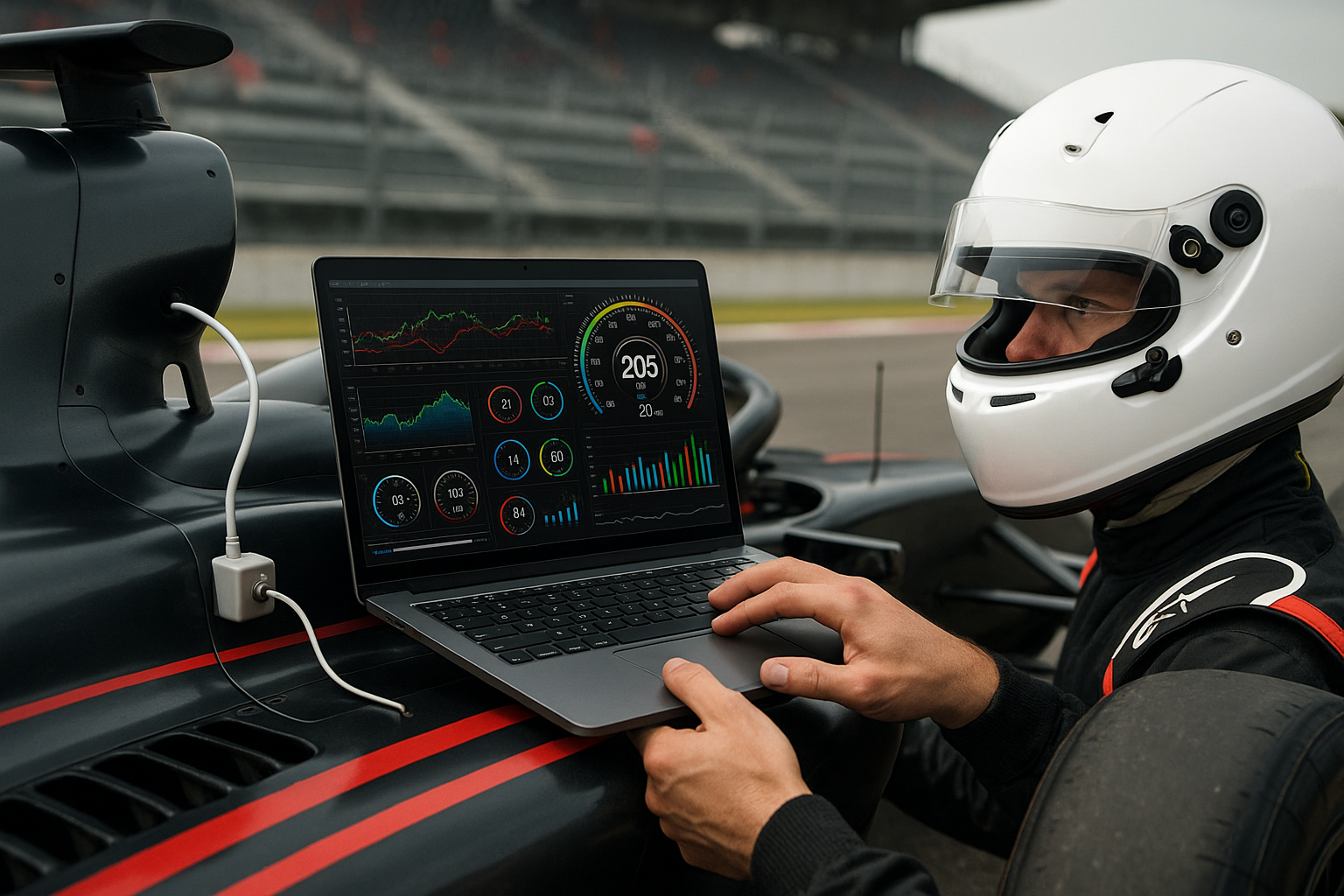Telemetry-driven tuning: using analytics to refine controls and UI
Telemetry-driven tuning uses player data to make informed adjustments to controls and user interfaces. By collecting targeted metrics across platforms and input methods, teams can prioritize changes that improve usability, reduce friction, and address performance or accessibility gaps without guessing.

Telemetry-driven tuning applies systematic measurement to interface and control design, helping teams replace intuition with evidence. When telemetry captures how players interact with menus, controllers, touchscreens, and keyboard/mouse setups, designers gain insights into which flows cause confusion, where input latency affects outcomes, and how localization or platform differences change behavior. This article explains practical telemetry strategies and how analytics can refine controls, UI, and accessibility across mobile, desktop, and controller inputs.
How can analytics guide controls tuning?
Telemetry should log input type, frequency of specific actions, abandoned attempts, and contextual outcomes. For controls tuning, collect per-input metrics such as button press patterns, repeat inputs, missed timing windows, and corrective motions. Correlate these with success rates and session progression to identify troublesome actions. For example, if a particular jump window shows many frame-precise misses on mobile touch compared to controller input, that suggests adjusting timing forgiveness or offering alternative input schemes. Use A/B tests to validate changes and ensure analytics reflect improvements without introducing new regressions.
What telemetry helps optimize UI elements?
Track UI interaction heatmaps, time-to-complete tasks, back-and-forth navigation, and feature discovery rates. Measure which menus users open most, where they pause, and which buttons are mistakenly activated. Combine quantitative telemetry with qualitative feedback (surveys, session replays) to understand intent. Prioritize fixes that reduce steps and cognitive load: if analytics show frequent menu backtracking, consider reorganizing options or adding contextual shortcuts. Localization should be included in UI telemetry to catch layout breakage and text overflow that affects usability across languages.
How should accessibility metrics be collected?
Design telemetry with privacy in mind while capturing accessibility-relevant signals: use of screen readers, font scaling settings, high contrast mode, custom control mappings, and assistive input devices. Log adoption and success indicators such as completed tutorials or reduced error rates after enabling accessibility features. Segment analytics by these settings to identify where default controls or UI layouts exclude users. Telemetry can reveal whether caption timing, button sizes, or focus order require changes to meet diverse needs across mobile and desktop environments.
How do performance and latency affect input and UI?
Performance telemetry must include frame rates, input-to-action latency, and hitches during critical interactions. High latency can make otherwise solid control schemes feel unresponsive, especially for precise actions. Monitor correlations between frame drops and increased corrective inputs or skipped actions. On mobile, variable CPU and battery conditions can exacerbate latency; on desktop, background processes and rendering stalls matter. Use these metrics to set target budgets for input responsiveness and to decide when to reduce visual complexity or implement predictive input smoothing.
How to handle multiplatform differences: mobile, desktop, controller
Collect platform-tagged telemetry so you can compare mobile touch, desktop mouse/keyboard, and controller input patterns. Mobile players may prefer gesture shortcuts and larger touch targets, while desktop players expect precise pointer control and keyboard bindings. Controllers introduce analog input and haptic feedback considerations. Use telemetry to detect common control remapping and preferred bindings, then surface platform-appropriate defaults. Include localization checks per platform to ensure translated text fits device UI and that controller prompts match regional button labeling conventions.
How can localization, input variety, and controller mapping be tuned?
Telemetry should include localization identifiers and controller type metadata to spot region-specific issues. If a translated text causes menu overflow in a specific language, telemetry on UI rendering and user navigation can highlight blocked flows. For controller mapping, log which buttons are frequently remapped; popular remaps can inform better default layouts. For varied input devices, offer guided calibration or sensitivity presets and measure uptake and performance changes. Use analytics to balance one-size-fits-all adjustments with customizable options for diverse player preferences.
Conclusion Telemetry-driven tuning creates a feedback loop that improves controls and UI iteratively and objectively. By instrumenting input, UI interactions, accessibility settings, performance, and localization markers, teams can identify concrete pain points across mobile, desktop, and controller contexts. Prioritize privacy-conscious data collection, validate hypotheses with experiments, and track long-term trends so adjustments deliver measurable improvements in usability and responsiveness without introducing regressions.





